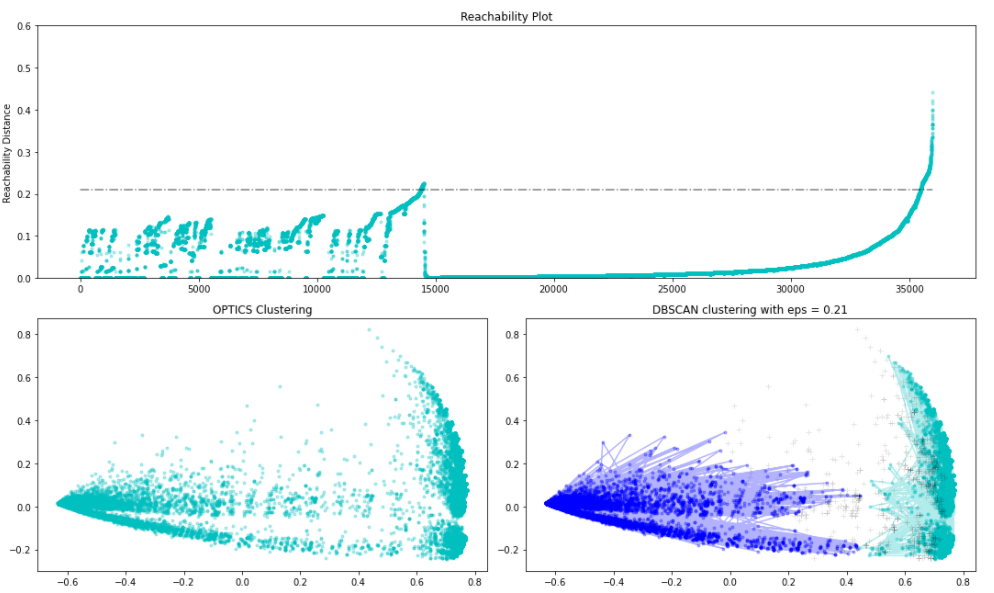Jason Dolorso

Resume | LinkedIn
Lead Data Scientist at Schneider Electric
Consultant at ACCeSs Lab
Consultant at AIM - IMSG
MSc in Data Science at AIM
A Petroleum Engineer turned Data Scientist with the goal of empowering organizations in making data-driven decisions. Currently a Lead Data Scientist for the world's most sustainable company.
Eyes on the Road! Uncovering Patterns in California’s Traffic Collisions using Advanced Data Mining
Ethan Robert Casin,
Jason Dolorso,
Cymon Marcaida
Asian Institute of Management
Executive Summary
Driving has been part of our daily lives. It is one of the major ways in transporting a place to another, along with commuting. But as the number of cars on the road increase and the number of drivers rise, so is the traffic-related injuries and deaths. According to CDC, 1.35 million people are killed on the roadways annually around the world. Traffic collisions are also the eight-leading cause of death and now more people die in crashes than HIV or AIDS. Low-income countries, like the Philippines, also suffer three times the death rate as compared to higher income countries. Thorough data of all traffic collisions are not easy to come by — more so geotagged data. But the State of California, in partnership with the Safe Transportation Research and Education Center of UC Berkeley, started a project since 2003 to create Statewide Integrated Traffic Records System (SWITRS). It is one of the most comprehensive transportation safety data available which contains geo-coded crash data where the data collection is handled by the California Highway Patrol (CHP). The database of SWITRS is utilized along with advanced clustering methods, DBSCAN, BIRCH, and Clique — resulting to 2 clusters and detected outliers. From there, our team observed that, in general, most of the accidents reported on cluster 1 have a higher distance value which means that they happened far from populated area in contrast with cluster 0 where it happened in populated areas due to the distance value almost at 0. The segmentation of our data points between 2 clusters and outlier shows that the location of the accident tends to have an effect in terms of survivability, however the outliers also show the effects of fatal accidents does not care about the location. The output also showed that there is a need for pedestrians and cyclists to be protected from getting into accidents and that government should start prioritizing the welfare and safety of these groups who are sharing the roads and pathways with car drivers as well especially that these are becoming the preferred mode of transportation because of the pandemic.
Full text article and source codes can be provided upon request.
